Murder in New Orleans
Edited by Lilia Fernndez, Timothy J. Gilfoyle, Becky M. Nicolaides, and Amanda I. Seligman
James R. Grossman, Editor Emeritus
Recent titles in the series
David A. Gamson, The Importance of Being Urban: Designing the Progressive School District, 18901940
Kara Schlichting, New York Recentered: Building the Metropolis from the Shore
Mark Wild, Renewal: Liberal Protestants and the American City after World War II
Meredith Oda, The Gateway to the Pacific: Japanese Americans and the Remaking of San Francisco
Sean Dinces, Bulls Markets: Chicagos Basketball Business and the New Inequality
Julia Guarneri, Newsprint Metropolis: City Papers and the Making of Modern Americans
Kyle B. Roberts, Evangelical Gotham: Religion and the Making of New York City, 17831860
Timothy B. Neary, Crossing Parish Boundaries: Race, Sports, and Catholic Youth in Chicago, 19141954
Julia Rabig, The Fixers: Devolution, Development, and Civil Society in Newark, 19601990
Amanda I. Seligman, Chicagos Block Clubs: How Neighbors Shape the City
Aaron Shkuda, The Lofts of SoHo: Gentrification, Art, and Industry in New York, 19501980
Mark Krasovic, The Newark Frontier: Community Action in the Great Society
Ansley T. Erickson, Making the Unequal Metropolis: School Desegregation and Its Limits
Andrew L. Slap and Frank Towers, eds., Confederate Cities: The Urban South during the Civil War Era
Evan Friss, The Cycling City: Bicycles and Urban America in the 1890s
Ocean Howell, Making the Mission: Planning and Ethnicity in San Francisco
Benjamin Looker, A Nation of Neighborhoods: Imagining Cities, Communities, and Democracy in Postwar America
Nancy H. Kwak, A World of Homeowners: American Power and the Politics of Housing Aid
Andrew R. Highsmith, Demolition Means Progress: Flint, Michigan, and the Fate of the American Metropolis
Lila Corwin Berman, Metropolitan Jews: Politics, Race, and Religion in Postwar Detroit
Gillian OBrien, Blood Runs Green: The Murder that Transfixed Gilded Age Chicago
Marta Gutman, A City for Children: Women, Architecture, and the Charitable Landscapes of Oakland, 18501950
N. D. B. Connolly, A World More Concrete: Real Estate and the Remaking of Jim Crow South Florida
Cindy R. Lobel, Urban Appetites: Food and Culture in Nineteenth-Century New York
Jeffrey Helgeson, Crucibles of Black Empowerment: Chicagos Neighborhood Politics from the New Deal to Harold Washington
A complete list of series titles is available on the University of Chicago Press website.
Murder in New Orleans
The Creation of Jim Crow Policing
Jeffrey S. Adler
The University of Chicago Press
CHICAGO & LONDON
The University of Chicago Press, Chicago 60637
The University of Chicago Press, Ltd., London
2019 by The University of Chicago
All rights reserved. No part of this book may be used or reproduced in any manner whatsoever without written permission, except in the case of brief quotations in critical articles and reviews. For more information, contact the University of Chicago Press, 1427 E. 60th St., Chicago, IL 60637.
Published 2019
Printed in the United States of America
28 27 26 25 24 23 22 21 20 19 1 2 3 4 5
ISBN -13: 978-0-226-64331-1 (cloth)
ISBN -13: 978-0-226-64345-8 (e-book)
DOI : https://doi.org/10.7208/chicago/9780226643458.001.0001
Library of Congress Cataloging-in-Publication Data
Names: Adler, Jeffrey S., author.
Title: Murder in New Orleans : the creation of Jim Crow policing / Jeffrey S. Adler.
Other titles: Historical studies of urban America.
Description: Chicago : The University of Chicago Press, 2019. | Series: Historical studies of urban America
Identifiers: LCCN 2018055528 | ISBN 978022664331 1 (cloth : alk. paper) | ISBN 9780226643458 (e-book)
Subjects: LCSH : Crime and raceLouisianaNew OrleansHistory20th century. | HomicideLouisianaNew OrleansHistory20th century. | New Orleans (La.)Race relationsHistory20th century.
Classification: LCC HV 6197. U 62 L 83 2019 | DDC 364.152/3097633509041dc23
LC record available at https://lccn.loc.gov/2018055528

This paper meets the requirements of ANSI/NISO Z 39.48-1992 (Permanence of Paper).
Contents
7.1 New Orleans, Detroit, and Chicago Homicide Rates, 19201945
7.2 Police Homicide Rates in New Orleans and Chicago, 19201945
7.3 US, Louisiana, and Illinois Incarceration Rates, 19251940
By national and transnational standards, the streets of New Orleans were awash in blood.
During the next two decades, New Orleans experienced a raft of social, political, and economic changes, including the Great Migration of African Americans and the Great Depression, that should have fueled even higher levels of violence in the city, as race relations deteriorated, the local economy collapsed, and poverty worsened. Yet the local homicide rate tumbled by nearly two-thirds. This book explores the dramatic rise and paradoxical fall in lethal violence in New Orleans between 1920 and 1945.
Shifts in both the level of deadly conflict and the nature of homicide reflected wider currents in local society. New Orleanians not only changed the frequency with which they butchered one another, but they also employed different weapons, slaughtered each other in different settings, and killed for different reasons during the Roaring Twenties, the Great Depression, and the World War II years. Although unique, intensely personal, and idiosyncratic circumstances triggered each homicide, violence ebbed and flowed in clear patterns, with particular kinds of conflicts rising or falling over time and in reaction to poverty, racial oppression, political instability, and a wide variety of other forces. Contrary to the plot lines of crime novels, films, or television programs, killers seldom snapped, ran amok, or suddenly became murderous monsters. Instead, violent acts typically erupted from within the rhythms of everyday life and occurred in ways consistent with broader social conditions and ideologies. Even when they committed brutal murders, New Orleans killers nearly always behaved according torather than apart fromtheir values, expectations, and needs. As a result, changes in the level and form of lethal violence represented ciphers, providing echoes of the pressures that buffeted ordinary early twentieth-century New Orleanians. Thus, charting these shifts offers insights into the racial, gender, class, and political ideologies of the era.
But murderous violence also generated powerful changes in New Orleans social and political life. Or, to be more precise, perceptions of local violence transformed family life, race relations, and the institutional landscape of the city. White reactions to African American homicide, for example, redefined policing and reshaped local legal institutions, though the perceptions that fueled these changes often bore scant connection to patterns of criminal behavior. New Orleans newspaper editors, voters, politicians, patrolmen, detectives, prosecutors, jurors, and judges responded to the crimes that they imagined more than those that actually occurred, producing a jarring disjuncture between crime and punishment in the city. Local law enforcers often cracked down on forms of violence that were rare and ignored the deadly crimes that were commonplace. In other instances, the locations of violent acts or the backgrounds of suspects, instead of the crimes themselves, dictated law enforcement and prosecutorial strategies. For some local politicians and parish prosecutors, this mismatch was purposeful and designed to mobilize voters or demonize specific groups. But more often the residents who cast votes, formulated public policy, policed the city, and imposed punishment unwittingly reacted according to their fears rather than to a dispassionate analysis of social problems or to the facts of a particular case. Therefore, although changing patterns of lethal violence sparked important shifts in the local criminal justice system, the link between crime and punishment was, at best, indirect.

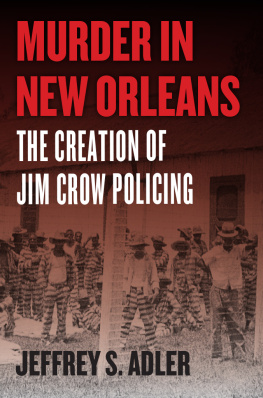

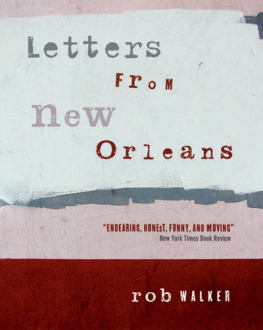
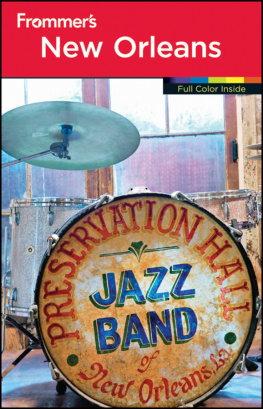

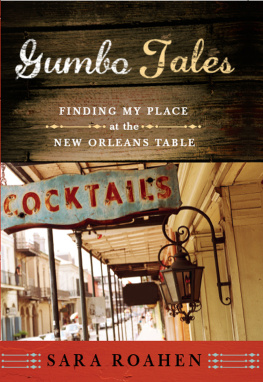
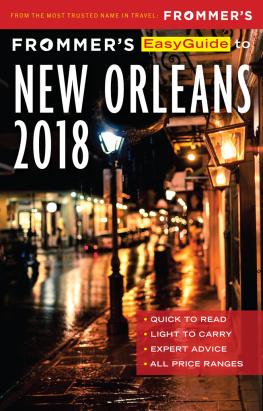

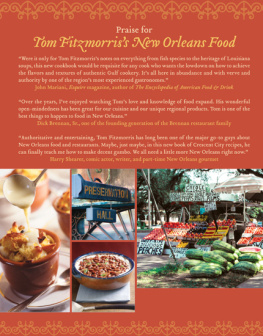

 This paper meets the requirements of ANSI/NISO Z 39.48-1992 (Permanence of Paper).
This paper meets the requirements of ANSI/NISO Z 39.48-1992 (Permanence of Paper).